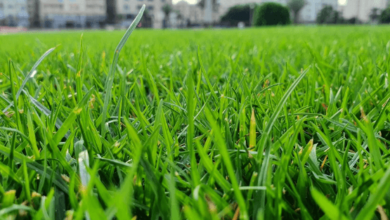Aesthetic:Vxfv5jdimb4= Mushroom

Aesthetic:Vxfv5jdimb4= Mushroom has garnered significant attention for its unique ability to blend natural beauty with profound cultural meanings. This fascination not only influences contemporary artistic practices but also raises questions about our evolving relationship with the environment. As artists increasingly integrate mushroom motifs into their work, one must consider how these representations reflect broader themes of sustainability and ecological awareness. The implications of this trend extend beyond mere visual appeal, prompting a critical examination of how mushrooms symbolize interconnectedness in our world. What lies beneath this aesthetic allure?
Origins of Mushroom Aesthetics
The origins of mushroom aesthetics can be traced back to various cultural interpretations and naturalistic representations that have evolved over centuries.
These interpretations often embody mythical symbolism, linking mushrooms with themes of transformation and rebirth.
Additionally, contemporary ecological design increasingly reflects these aesthetics, emphasizing the importance of sustainable practices and the intricate relationship between nature and human creativity, thus fostering a deeper appreciation for these organisms.
Cultural Significance of Mushrooms
Mushrooms hold a multifaceted cultural significance across various societies, often symbolizing both nourishment and the mystical qualities of nature.
Their mushroom symbolism traverses culinary uses, where they are celebrated for enhancing flavors and nutritional value.
Moreover, they serve as conduits for spiritual exploration, reflecting humanity’s relationship with the environment and the quest for understanding life’s deeper mysteries.
Artistic Representations and Trends
Fungi, particularly mushrooms, have emerged as a prominent subject in contemporary artistic expressions, reflecting a convergence of natural beauty and cultural symbolism.
Contemporary artists utilize visual symbolism to explore themes of growth, decay, and interconnectedness.
This trend highlights mushrooms’ role in ecological narratives and personal identity, inviting audiences to reconsider their relationships with nature and the intricate systems that sustain life.
Read Also Aesthetic:17k7mlan9be= Sunset

The Future of Mushroom Aesthetics
As a captivating element of nature, the aesthetic appeal of mushrooms is poised to evolve significantly in the coming years, driven by advancements in technology and shifts in cultural perception.
The exploration of mycelium networks may inspire innovative designs, enhancing the symbolism of fungi as connectors within ecosystems.
This evolution reflects a deeper understanding of nature’s complexity, fostering freedom in creative expression and ecological awareness.
Conclusion
Aesthetic:Vxfv5jdimb4= Mushroom, deeply rooted in both cultural significance and ecological representation, continues to influence contemporary art. Notably, studies indicate that the global mushroom market is projected to reach $69.3 billion by 2027, reflecting a growing appreciation for fungi. This economic trend underscores the increasing relevance of mushrooms in various artistic and sustainable practices, suggesting that their aesthetic value will further evolve, enhancing humanity’s understanding of the interconnectedness within natural ecosystems.





